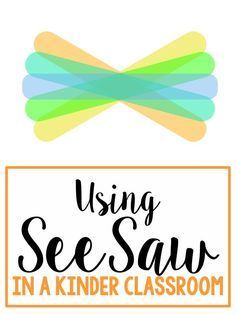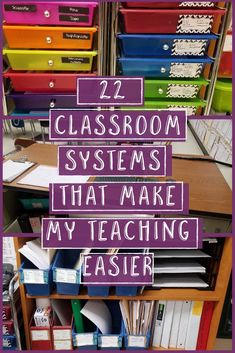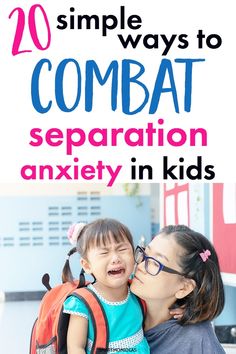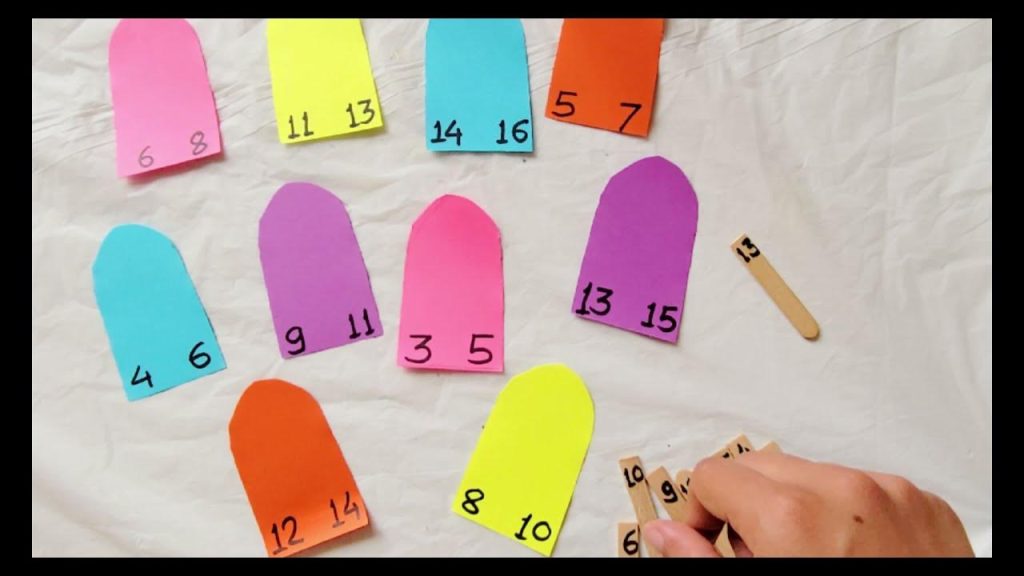The Literacy and Numeracy Test for Initial Teacher Education (LANTITE) is a crucial assessment that prospective teachers in Australia must pass to demonstrate their personal literacy and numeracy skills are at an appropriate level to teach within a classroom. Instituted by the Australian Government, the test aims to ensure that all teachers are equipped with the fundamental skills required to effectively convey information to students.
The test consists of two main components: a literacy section and a numeracy section. In the literacy section, candidates are tested on their reading and writing capabilities through tasks that assess comprehension, grammar, and spelling among other things. The numeracy section evaluates the ability to apply mathematical knowledge to solve problems that might arise in everyday life as well as in a teaching context.
Teacher education students typically take LANTITE after they have begun their teacher training course. While there is no limit on the number of times one can sit for the LANTITE, some institutions may impose restrictions on how many attempts students can make while enrolled in their initial teacher education course.
Preparation for the LANTITE includes revisiting high school level English and Math concepts. There are various resources available including practice tests, study guides, and preparation courses. These resources provide candidates with an understanding of what to expect on the test and allow them to identify any areas where they may need additional support.
Understanding the content and format of LANTITE is crucial; it consists of multiple-choice questions delivered through an online platform under exam conditions. There are no essay-based questions or subjective formats; it’s purely designed to assess functional literacy and numeracy skills.
Several testing windows throughout the year enable candidates to choose a time that suits their study schedule. Registration deadlines are typically several weeks before the testing window opens, so it’s important for candidates to plan in advance.
Passing the LANTITE is a mandatory step for all prospective teachers. The result serves as one piece of evidence among others reflecting a candidate’s suitability for becoming a teacher.
In summary, the LANTITE test is an essential component of Australia’s commitment to quality education. It ensures teachers possess strong foundational skills in literacy and numeracy which they can then impart onto their students. For those looking to pursue a teaching career, understanding and preparing for this test should be considered an important step on the journey towards entering the teaching profession.
















